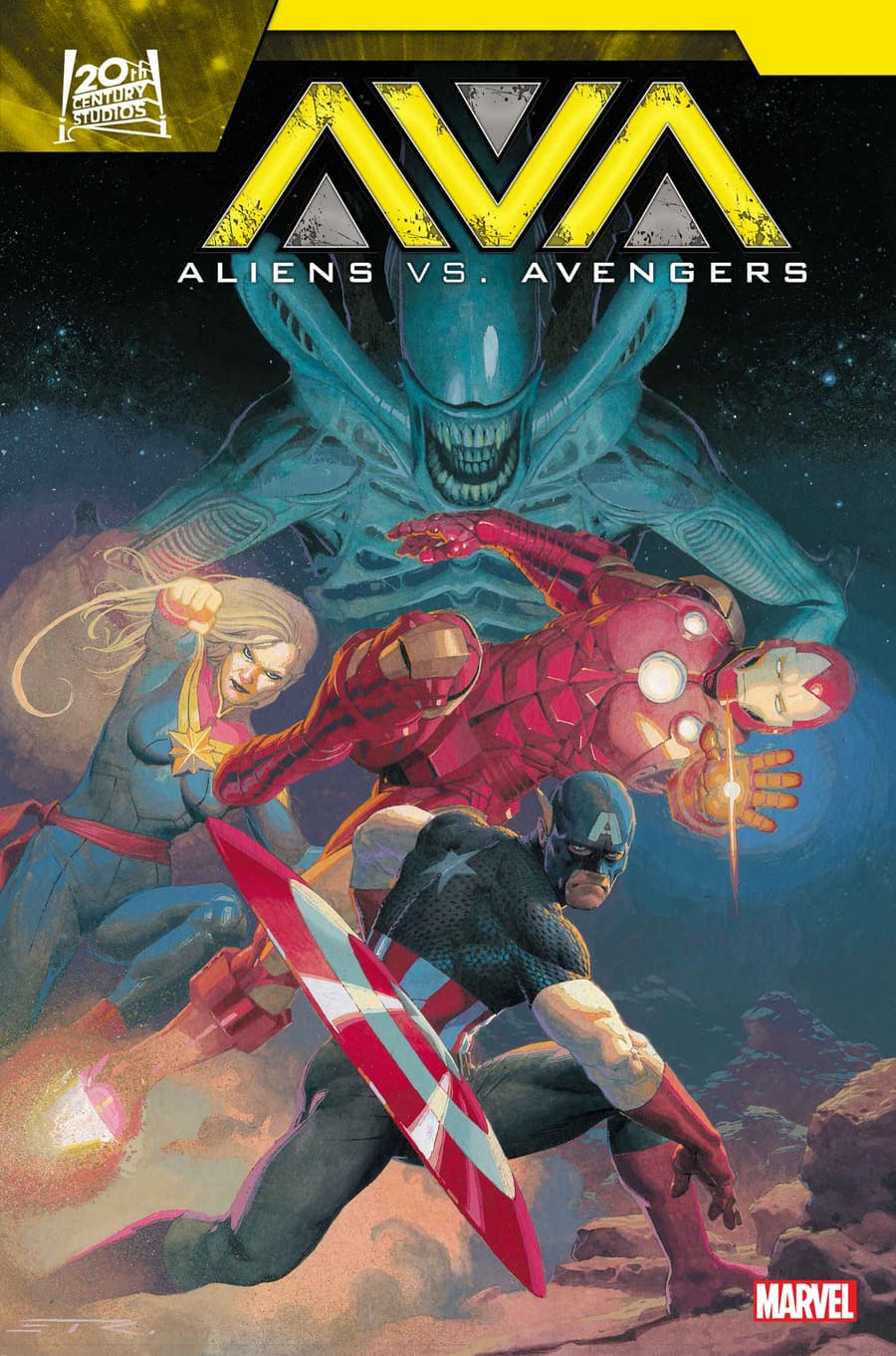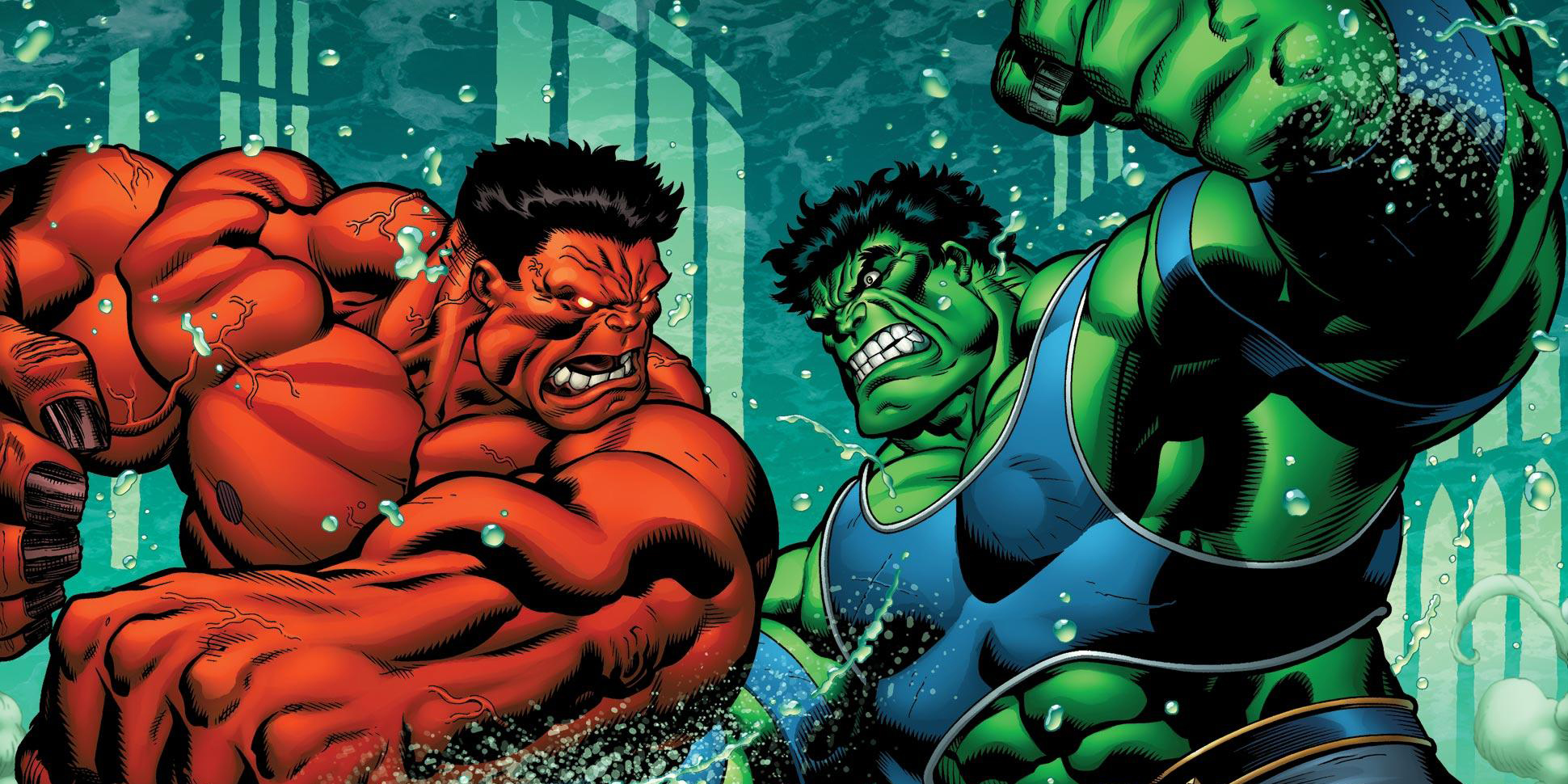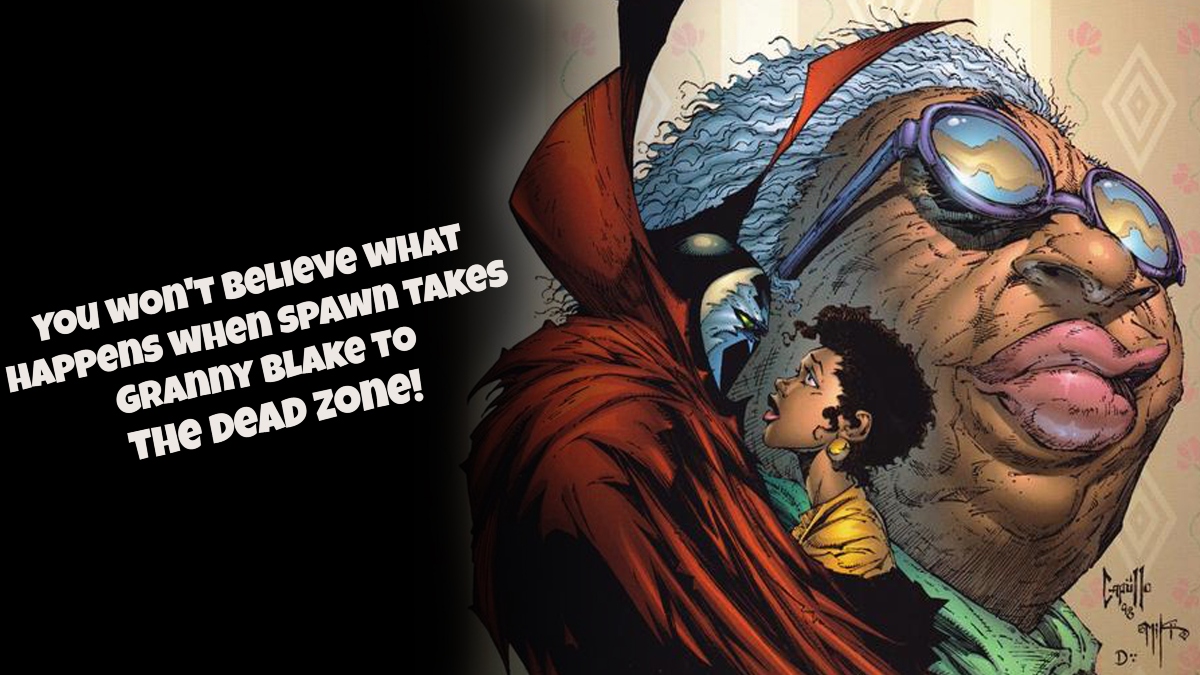![]()
A few movies would venture into portraying the AIDs scare amongst the homosexual community of the 1980s.
In Chris Mason Johnson’s “Test,†rather than celebrating the death from AIDs, unlike many movies do, it showcased the community living in fear of the disease and the panics surrounding it.
The film is set around the free-spirited San Francisco of 1985 as it follows a young dancer in a modern dance company who must deal with the fear of disease, homophobia, effeminophobia during that period. And his ultimate escapism was through the music and dance.
The dance drama was on the film festival circuit for some time and won two grand jury prizes at Outfest.
Latino-Review had an exclusive phone interview with director Chris Mason Johnson last week. We discussed about the AIDs epidemic of the 1980s, homophobia, and the changes for gay cinema through the years.
“Test†is currently in theaters for limited release in San Francisco. It will premiere for limited release in Los Angeles and New York this Friday. It is also currently available on VOD.
Read the full interview below.
Latino-Review: What inspired you to come up with the story for “Test?â€
Chris Mason Johnson: Well, it was a very personal story. I was a dancer professionally in the early 90s and late 80s at a very young age. I was there [during the AIDS scare] for some of it. It left a real impression with me and got stuck for all these years. It was a very personal motivation in it.
On another level, I wanted to do a small project that I could produce myself by raising the money to shoot. It’s just that there’s so much time for independent filmmaking to wait for money to come through.
So it’s the motivation personally for wanting to tell that story and wanting to do something on my own.
Latino-Review: The topic of AIDS is a very touchy subject back in the 1980s. How did you carefully approach towards this subject?
Chris Mason Johnson: The stories that have been done up to now on the subject are pretty much death bed stories, including the ones recently. It’s the stories of people dying from AIDs. It’s understandably interesting. But, I wanted to do something much smaller and much more intimate. It’s not about being sick, but more of the fear of being sick. My movie is just focused on that fear.
To answer your question, I wanted to take a much more intimate, smaller and less dialogue-driven movie. I wanted to tell the stories through the bodies of the dancers.
Latino-Review: What about this 1980s backdrop. I understand you grew up more in the 1990s. Was the 1980s served a better setting, because the fear of AIDs was more relevant back then?
Chris Mason Johnson: I was aware of the 1980s too since I was a teenager. There were those early few years where things were happening so fast and people didn’t know on whether you can get it through food, mosquitos or sweat. Even though when scientific answers were coming out, they weren’t definitive. They weren’t nationally broadcast. There was a panicfor a few years. It was the period over the panic about contagion overlapped with homophobia. People used that as scapegoating. That’s exactly what I wanted to capture.
Latino-Review: Speaking of homophobia and effeminophobia, how did you try to balance and incorporate those themes into the movie?
Chris Mason Johnson: We had a timed budget and a period piece, so it was difficult that we can’t do some of the bigger images to tell that story. We carefully selected details for the movie like the mattress in the movie with graffiti on it that read “AIDS. Faggot.†It was the object that the lead character walks by in big red letters. It’s easy to prop up a mattress in an alley, but that image carried a lot of weight.
Then there was the newspaper headline set in the movie. It read “Quarantine?†It was a real debate back in the 80s. There were actual talks of that.
In terms of the dancing, that’s when dance like a man comes in. Dance like a man. Act like a man. Butch it up. It’s nearly the same thing as homophobia since it’s about being a sissy. There are straight men and there are macho gay men. [Feminine-like] men are not the same thing. They overlapped in a very confusing way for the young gay male in an era when it wasn’t safe to come out.
All of these elements were combined for my characters to be in a real atmosphere. He would retreat from all that by being into his music with his Walkman. He doesn’t talk about it. None of the characters really talk about it.
Latino-Review: Now you didn’t base your characters off of real people, did you?
Chris Mason Johnson: Like most fictional characters, they’re composites. So are you referring to the choreography?
Latino-Review: For example, did you personally know anyone who went through all this back in the 80s with the fear of AIDs and everything else?
Chris Mason Johnson: Well, me. A lot of my friends and people around me definitely [experienced that]. When I was dancing, I was definitely told to dance like a man. [Laughter] Also, I saw homophobic graffiti back in New York. It was small, but that feeling was definitely there.
There were also certain older men that I’ve talked to and did some research for the movie. It helped me put that picture together since I was pretty young [during that time].
Latino-Review: The most wonderful aspect of the movie I found was with the dance scenes. Could you tell me about the choreography and how it all came together?
Chris Mason Johnson: As a former dancer, I had very specific ideas of what I wanted. It was this middle ground of dance that I and the audience could respond to. There’s virtuosic and sexy stuff without being cheesy and cheap. On the other hand, it’s not modern barefoot dance that’s really boring. It’s the perfect middle ground. So we were aiming for that.
I found a choreographer. We did the whole thing as I was with her by her side like her editor. It’s just suggesting like do this, cut this or do that. We only had two weeks to make all those dances. Then we put them up on a stage in San Francisco and shot them.
All the cast were dancers. I was a former dancer. We all really knew that world. We all knew what really we wanted to do and handle the choreography on its own. Which it’s not done very well that often. In a recent documentary “Pina†is a great example on how to film dance.
Latino-Review: If all of your actors are dancers, was it difficult to get the dancers to act?
Chris Mason Johnson: Only one of my dancers, the second lead in the film, is an actor and does music theaters. So he fit in. All the others were dancing dancers. There lied the challenge of acting for them. They are all performers and they all rose to the challenge.
Scott [Marlowe] and I worked together for six months to workshop on some scenes. Itaught him some acting techniques. It was a longer process with him. He had to carry the whole movie and he never acted before.
Latino-Review: Why did you go with Scott Marlowe as the lead rather than finding an experienced actor/dancer?
Chris Mason Johnson: It just wouldn’t work. There’s singing and there’s dancing, but it’s very general. Many people can sing and carry a tune, but a very people can do opera, right? You can’t fake opera. This dance is like opera. There aren’t any actors out there that can do that dance. They just don’t exist. There are some musical performers might be able to craft or fake something with smoke and mirrors. Like in “Black Swan,†when it came to the technical stuff—there’s a double. She didn’t do that. It’s simply not possible. So my analogy is that this kind of like opera.
It’s the same like in “The Red Shoes,†they cast [Moira] Shearer in the famous dance movie from the 1950s. In the turning point, they had to cast a real dancer with Leslie Browne in that role. When you’re doing social dance like “Saturday Night Fever†and “Pulp Fiction,†you can get away with it. Or if it’s like Fred and Ginger ballroom stuff—you can get away with it.
You can’t get away with it if it’s concert dance especially with an extended solo.
Latino-Review: So what was the most difficult thing you had to do for this project?
Chris Mason Johnson: Like any micro-indie movie on a budget, it’s trying to get all of this done in four weeks. It’s the six days a week and twelve hour days. It’s just getting them all done.
The other difficult thing was getting the amount of money. We had $130,000 for the production The total budget, including festival marketing, was like $200,000. Now that’s nothing.
The hard thing was doing a period [piece] without a budget. We couldn’t show any cars obviously. We had to pick the locations very carefully. We had to construct everything. It was all calculated very methodically.
Latino-Review: Gay cinema has been around for quite some time and it has changed. What changed in your opinion? Are we heading towards a new era of gay cinema since “Dallas Buyers Club†won quite a few awards last year?
Chris Mason Johnson: I don’t know. It’s hard to predict. The early wave of gay cinema was esthetically challenging. It evened out and then there are a lot of generic products that most people don’t know about since it just targeted directly to the gay audience.
It’s just fighting for equal rights. It takes time for your group to get represented. What percentage of Asian-Americans is represented in the movies?
The problem with gays in TV or cinema is not that we’re not there. It’s how we’re there. It’s like the equivalent with Latinos in which we can say, “Oh, look. Another maid.†Look at that great actress, Lupe Ontiveros, who played like hundreds of maids in her career.
I think for gays—it’s more like the court jester. You can be the funny gay on a sitcom and that’s socially acceptable. Or even also acceptable is that you can die on screen. And people can accept that. So we can die or we can be funny.
To be a regular dignified character with drama is much harder to find.
Latino-Review: Hopefully the overall cinema scene will change all that in the future.
Chris Mason Johnson: I certainly hope so.
Latino-Review: Just to wrap it up, do you have any future projects for yourself?
Chris Mason Johnson: I’m working on another independent film that I’m going to shoot in Berlin and San Francisco. I’m also developing a TV project that is a period project set in the 1970s.
Latino-Review: Are these also gay-themed projects or entirely different?
Chris Mason Johnson: There will have some gay elements. Part of the evolution is not to be so specific. I wouldn’t come out and say something that it’s a straight movie. They are projects that will definitely have queer and LGBT characters, but I do not want to risk the ghettoization of it.
Latino-Review: Thank you for speaking with me and good luck with the premieres.
Chris Mason Johnson: Thank you so much, Gig. Nice talking with you.
“Test†is currently in theaters for limited release in San Francisco. It will premiere for limited release in Los Angeles and New York this Friday. It is also currently available on VOD.
Source: Latino-Review

 FOR FANBOYS, BY FANBOYS
Have you checked out LRM Online’s official podcasts and videos on The Genreverse Podcast Network? Available on YouTube and all your favorite podcast apps, This multimedia empire includes The Daily CoG, Breaking Geek Radio: The Podcast, GeekScholars Movie News, Anime-Versal Review Podcast, and our Star Wars dedicated podcast The Cantina. Check it out by listening on all your favorite podcast apps, or watching on YouTube!
Subscribe on: Apple Podcasts | Spotify | SoundCloud | Stitcher | Google Play
FOR FANBOYS, BY FANBOYS
Have you checked out LRM Online’s official podcasts and videos on The Genreverse Podcast Network? Available on YouTube and all your favorite podcast apps, This multimedia empire includes The Daily CoG, Breaking Geek Radio: The Podcast, GeekScholars Movie News, Anime-Versal Review Podcast, and our Star Wars dedicated podcast The Cantina. Check it out by listening on all your favorite podcast apps, or watching on YouTube!
Subscribe on: Apple Podcasts | Spotify | SoundCloud | Stitcher | Google Play



